Growth in Telecommunications Sector
The telecommunications sector in North America is experiencing robust growth, which serves as a crucial driver for the lead acid-battery market. As the demand for uninterrupted power supply increases, lead acid batteries are widely used in backup power systems for telecom infrastructure. In 2025, the telecommunications market is expected to expand by 10%, leading to a heightened need for reliable battery solutions. This growth underscores the importance of lead acid batteries in ensuring operational continuity and reliability in communication networks, thereby bolstering the lead acid-battery market.
Regulatory Support for Clean Energy
Regulatory frameworks in North America are increasingly favoring clean energy solutions, which significantly impacts the lead acid-battery market. Government incentives and subsidies for renewable energy projects, such as solar and wind, often include provisions for energy storage systems. Lead acid batteries are frequently employed in these applications due to their affordability and established technology. In 2025, it is anticipated that regulatory support will drive a 15% increase in the adoption of lead acid batteries for energy storage, thereby reinforcing their role in the clean energy transition.
Increasing Electric Vehicle Adoption
The rise in electric vehicle (EV) adoption in North America is a pivotal driver for the lead acid-battery market. As consumers increasingly opt for EVs, the demand for reliable and efficient battery systems escalates. Lead acid batteries, known for their cost-effectiveness and recyclability, are often utilized in hybrid vehicles and as auxiliary power sources in fully electric models. In 2025, the EV market is projected to grow by approximately 25%, which could lead to a corresponding increase in lead acid battery usage. This trend indicates a shift towards more sustainable transportation solutions, thereby enhancing the lead acid-battery market.
Expansion of Renewable Energy Storage Solutions
The expansion of renewable energy storage solutions in North America is a vital driver for the lead acid-battery market. As more renewable energy projects are developed, the need for effective energy storage systems becomes paramount. Lead acid batteries are often utilized in these applications due to their affordability and ease of recycling. In 2025, the market for energy storage is expected to grow by 20%, with lead acid batteries playing a significant role in this transition. This growth indicates a broader acceptance of lead acid technology in supporting renewable energy initiatives, thereby enhancing the lead acid-battery market.
Rising Demand for Uninterruptible Power Supply Systems
The increasing reliance on uninterruptible power supply (UPS) systems in various sectors, including healthcare and data centers, is a significant driver for the lead acid-battery market. These systems require dependable battery solutions to maintain power during outages. Lead acid batteries are favored for their cost-effectiveness and proven performance in UPS applications. In 2025, the UPS market is projected to grow by 12%, which may lead to a corresponding rise in the demand for lead acid batteries. This trend highlights the critical role of lead acid batteries in ensuring power reliability across essential services.


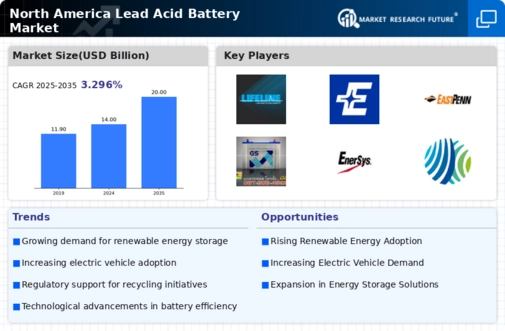
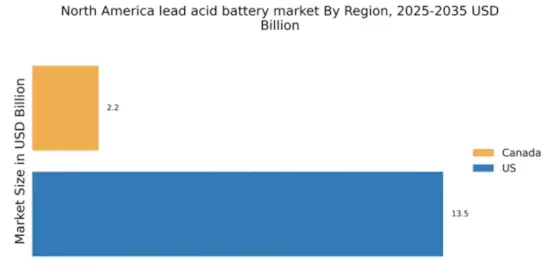
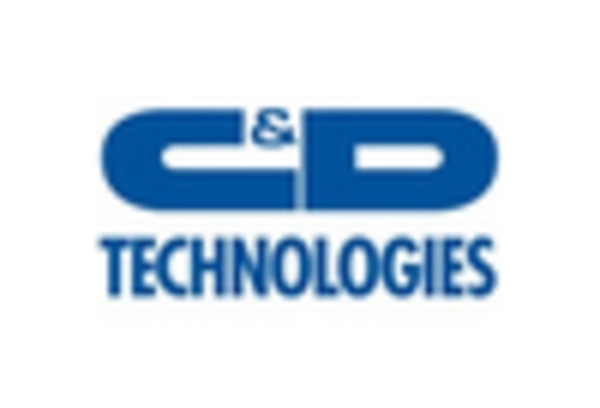
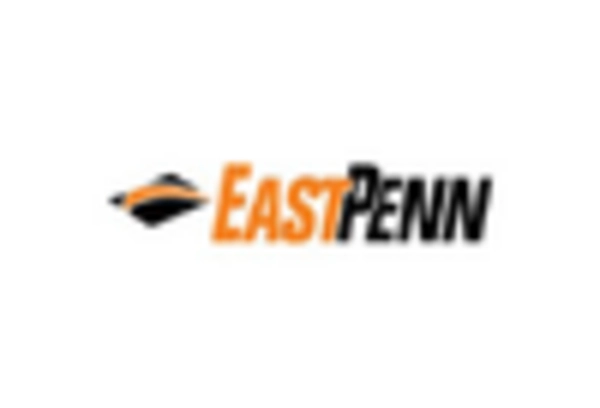

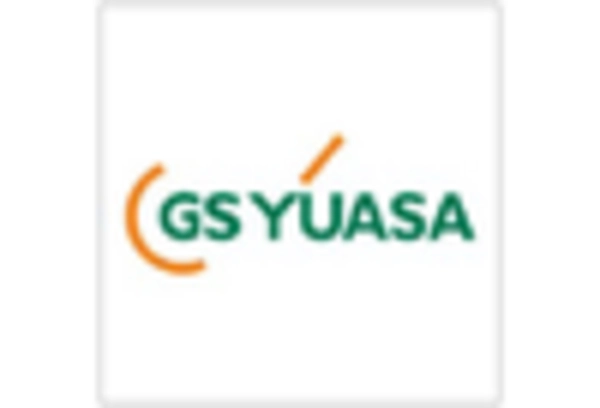










Leave a Comment